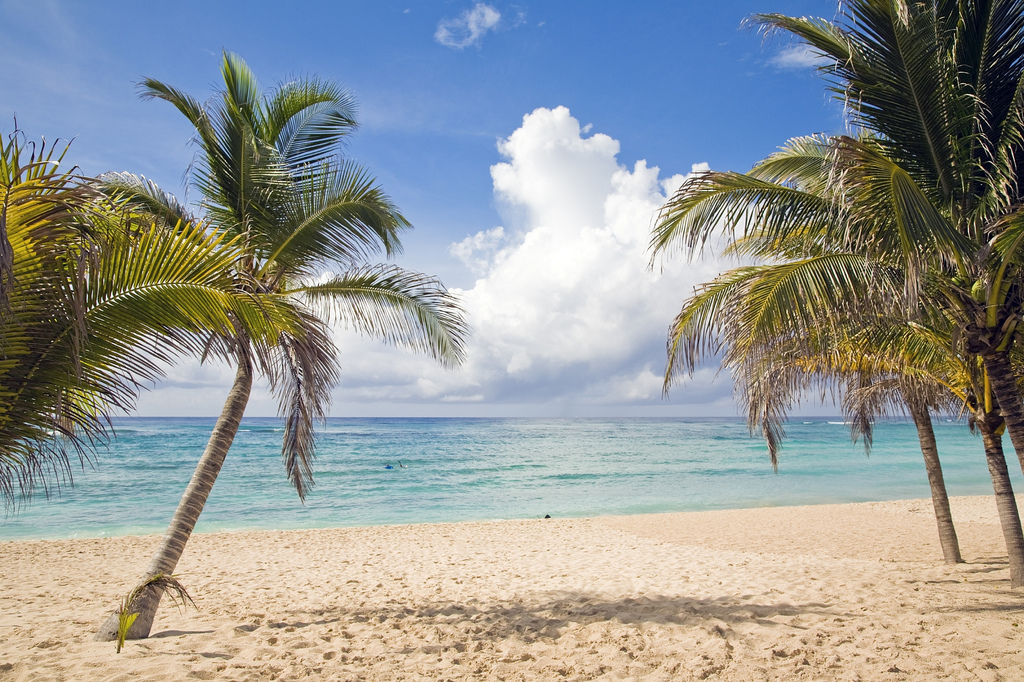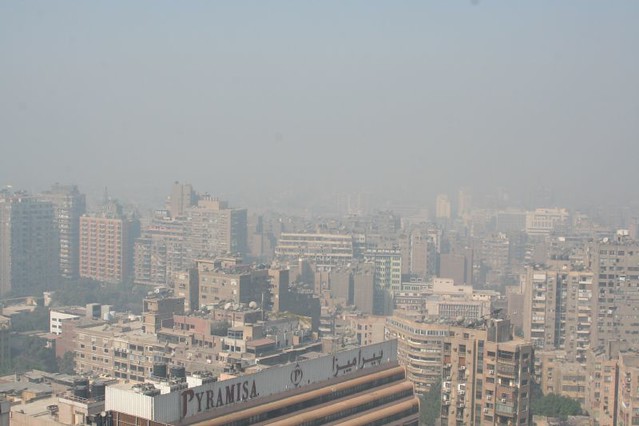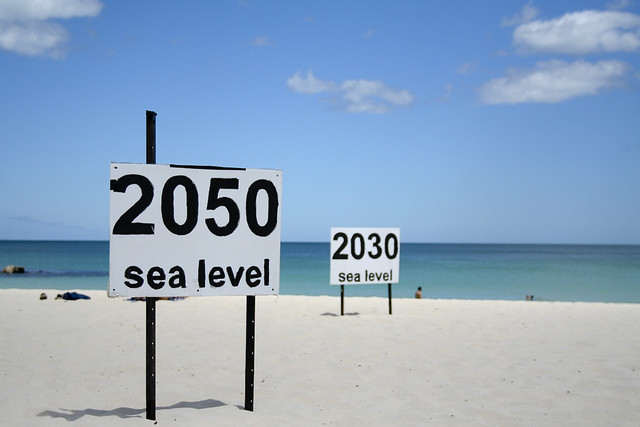
Six Things You Missed This Summer

If you were out watching summer blockbusters, enjoying outdoor concerts or lounging in the sun while on holiday, and haven’t kept up with the news the past few months, we’re here to fill you in! Here are six stories you might have missed this summer:
1. Community-funded journalism could be a boon for sustainability reporting through Report for America

(Image: Roger H. Goun)
A proposal, funded by the Ford Foundation, introduced the concept of “Report for America,” a new model for local journalism that would borrow from the tradition of national and community service programs like Teach for America and Peace Corps. This is important because the current ad-based business model supports content generation in a way that fails to encourage reporting that has limited appeal to advertisers and readers — for example, a series of articles about brownfield redevelopment may have high civic value even if it generates few page views. If funded, a program like this would support community-based coverage and fill gaps in media in an efficient manner that benefits everybody.
2. More than half the world’s biggest aquifers are disappearing

Ground-water flow paths vary greatly in length, depth and travel time from points of recharge to points of discharge in the groundwater system. (Image: T.C. Winter, J.W. Harvey, O.L. Franke and W.M. Alley, courtesy of Wikimedia Commons)
3. The Pope gives a moral call to climate change action

(Image: Korean Culture and Information Service by Jeon Han, courtesy of Wikimedia Commons)
A papal encyclical released in June called for unified global action on environmental degradation and climate change through a radical transformation of politics, economics and individual lifestyles. In the 184 page document, Pope Francis describes exploitation and destruction of natural resources, and critiques the “throwaway culture” created by modern consumerism. He explains the Bible teaches humans to “till and keep” the world — that humans must cultivate and protect, rather than claim absolute dominion over, the earth.
4. The earth is in the middle of the sixth mass extinction, but this time it’s our fault

The quagga is an extinct sub-species of plains zebra that lived in South Africa, until it was overhunted in the late 19th century. (Image: Frederick York/Wikimedia Commons)
Extinctions are a natural part of life on earth — background rates of extinction are typically 9 vertebrate extinctions per 100 years. However, due to deforestation, overhunting and pollution, the global climate today is changing faster than ever before. Because of these insurmountable challenges to life on earth, even the “fittest” of animal and plant species cannot adapt quickly enough to survive. Since 1900, around 500 types of vertebrates are believed to have gone extinct — this means the Earth is losing mammal species 20 to 100 times faster than usual.
5. Climate change is a ‘medical emergency’

The air pollution hovers over Cairo in 2008. (Image: Nina Hale)
A new report from the Lancet Commission on Health and Climate Change argues that climate change could undermine the last 50 years of gains in global public health. The report outlines direct effects of changing climate patterns such as heat waves and extreme weather events, as well as indirect impacts such as changing patterns in the spread of vector-borne diseases such as malaria. After explaining the urgency of the issue, it also outlines mitigation strategies that could minimize the health impact of climate change, such as making cities more pedestrian- and bicycle-friendly.
6. James Hansen and other NASA scientists publish an eye-raising report on sea level rise

One prediction of where rising sea levels will end up at Cottesloe Beach, Perth Western Australia. (Image: go_greener_oz)
NASA scientist James Hansen and 16 of his colleagues published a bombshell paper arguing that just a 2 degree Celsius increase in global temperature would raise the possibility of a more rapid rate of sea level rise in this century than forecast by the U.N.’s Intergovernmental Panel on Climate Change. The study states that this faster rate of sea level rise could lead to a number of climate change “feedbacks” that would shut down the oceans’ circulation, stratify the polar seas with warmer waters trapped below cold surface layers, increase the temperature difference between low and high latitudes, and ultimately generate stronger storms.






















